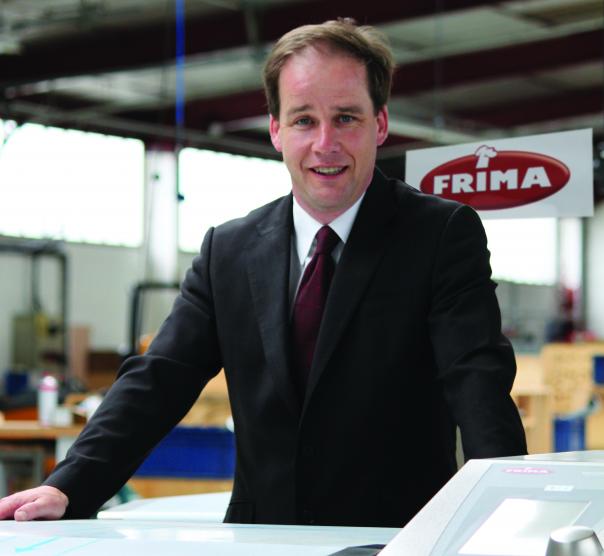
Cost Sector Catering: What have been FRIMA’s challenges and main drivers?
Graham Kille: The main challenge is to educate the market about the benefits of multifunctional cooking appliances. It’s about the acceptance of modern technology; we use computers and smartphones in everyday life – thankfully, we are learning to accept and exploit high-tech equipment in commercial kitchens to make our work easier.
There are several drivers for this technology. They include the need for more-flexible equipment, faster cooking times, saving energy, saving space and saving labour, plus enhancing cooking results.
What advice are you offering your customers?
As pressure on kitchen space grows, operators need to exploit multifunctional appliances, not only because they can replace so many different pieces of equipment but also because they can boost the kitchen’s flexibility. Modern kitchens should use modern technology.
The opportunity to have a new kitchen or replace prime cooking appliances may only come around every ten years or so – it’s important to select equipment that delivers benefits and future-proofs your operation. If you get a new kitchen designed and it looks like the one you’ve already got, you need to challenge your kitchen designer.
What are your bestsellers in the cost sector? Is there any particular sector you are targeting?
The cost sector is our biggest market, and our 211+, which has a 100L pan, is very popular – we supply to universities, schools, business and industry, hospitals and so on. Traditionally, this was because the FRIMA offers such big benefits for bulk catering, especially in terms of speed and quality. However, with the new compact models, we are opening up new markets in smaller kitchens. We’ve supplied VarioCooking Centers (VCCs) to primary schools with tiny kitchens and to the UK’s largest universities.
Are you currently working on any initiatives or partnerships relevant to these operators?
The major initiative at the moment is our free trial offer. It’s all about introducing the VCC to chefs so they can try it out in their own kitchen to see the benefits. The trial lasts up to four weeks, and we install one of our compact 112T units, so kitchens don’t need much room. There are no strings: if you like it, you keep it; or you just hand back the unit at the end of the trial.
What menu trends do you see emerging?
The big one continues to be ethnic cuisine, not only because consumers are keen to try new tastes but also because we are increasingly a multicultural society. Many schools and universities have a student population with a rich mix of ethnic backgrounds. We need to cater for their tastes, and that’s a key reason why multifunctional appliances, like the VCC, are doing well in the cost sector; they have the flexibility to be able to cook all sorts of food and to cook them well. I’ve seen a unit that’s being used for paella, pasta, miso soup, curry, chilli, fish and chips… you name it, all in one morning.
What the one goal for the next year?
The UK has taken a while to accept multifunctional cooking appliances, but it’s happening. Our business grew by 200% last year – chefs in every sector are coming to realise just what a perfect solution our VCC is to the issues of energy, space, flexibility, speed and time. As the market leaders, we are constantly developing the technology to ensure we deliver the most flexible cooking appliance but also the best possible levels of customer satisfaction. I’d like to build on our success and continue to grow the business dynamically in the next 12 months.